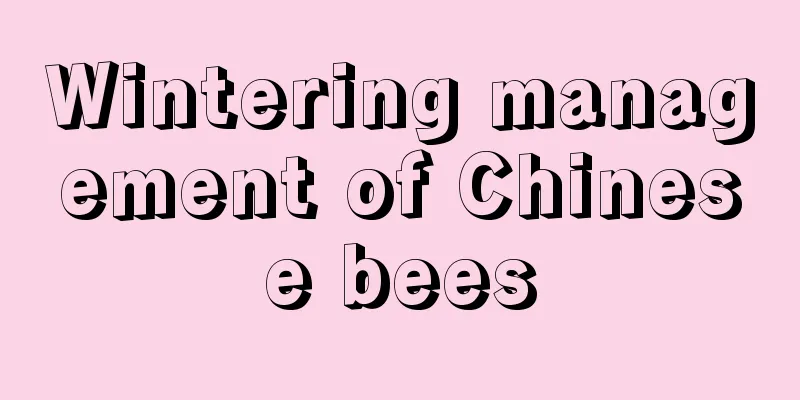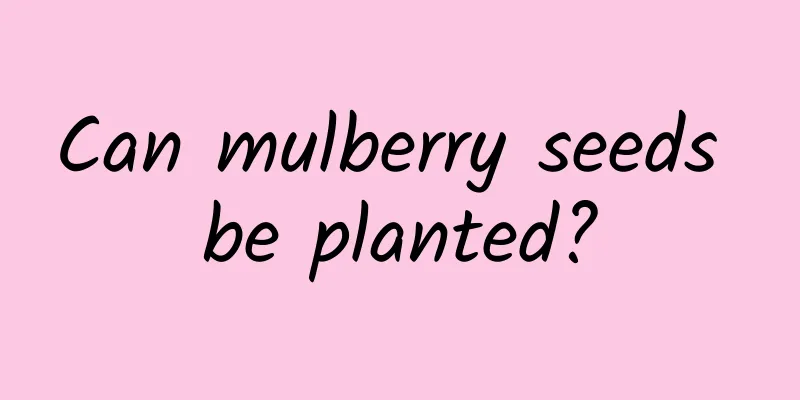Wintering management of Chinese bees

|
The Chinese honey bee, also known as the Chinese honey bee , is a species of bee unique to China. Chinese bees are small, agile, have strong flying ability and fast flying speed. As the temperature drops, breeders should pay attention to the management of Chinese bees in winter. Below, the editor will introduce the wintering management of Chinese bees. Let’s take a look. 1. Group requirements Before the White Dew, each beehive must have at least four full frames of bees in order to safely overwinter. This includes the balance between colonies and the relative balance of bees and honeycombs within a colony. 2. Cultivate bees of appropriate age for wintering In the early stage of the last nectar source, strengthen the construction of honeycombs, promote the queen bee to lay eggs, and accelerate the proliferation of overwintering young bees. At the same time, pay attention to insulation to ensure normal reproduction of the bee colony, dense bee population, and prevent bee theft. 3. Scientific feeding Under normal circumstances, starting from late September, 0.5-1 kg of white sugar syrup is added to each box every day and fed continuously until the standard is reached. After the bees have formed a cluster, if the supplementary feed is not enough, you can put honey on the upper beam frame of the side combs on the sunny side of the beehive for supplementary feeding. 4. Choose a wintering site Bee colonies should overwinter in a dry, windproof, sunny and relatively quiet place. This can ensure that the bee colony is tightly clustered, save feed, maintain a constant box temperature, and keep the colony quiet. The bottom of the beehive should be raised by 15-20 cm, and there should be drainage ditches around the apiary. In order to prevent worker bees from biting the honeycombs, the overwintering hive can be arranged into an inverted "concave" shape, which is conducive to the bees to cluster together. 5. Insulation of bee colonies You can use thicker paper to seal the gaps in the beehive to prevent air from leaking in and water from entering. After the Minor Snow solar term, the beehives should be packaged in time to help them survive the winter safely. Although Chinese bees are more capable of withstanding severe cold than Western honey bees, when a cold wave comes and the temperature drops below -2°C, it is particularly important to keep warm. When keeping warm, it is better to be cold than hot, because the harm of too high temperature to the bee colony during the winter is far greater than that of low temperature. 6. Adjust the honeycomb in time Overwintering bees gather in clusters near the hive entrance. As the food is consumed, the entire cluster moves first upward and then backward. They often eat up the honey stored on the sunny side and do not eat the honey stored on the other side of the honeycomb. Adjust the honeycombs in time in the later stage of wintering, place the whole honey comb on the sunny side of the box, and half honey comb in the middle. The distance between the honeycombs is generally about 1.2 cm. The above is an introduction to the wintering management of Chinese bees. When breeding Chinese bees, the boxes are generally not opened for inspection in winter, and more observations should be done outside the boxes. When problems are discovered, take appropriate measures to deal with them in a timely manner to restore the bee colony to a quiet state as soon as possible.
|
<<: Which month is best for sowing radishes?
>>: Water lily winter management
Recommend
Is it better to grow chrysanthemum in a large or small pot?
It is more suitable to use hanging pots for maint...
Do onions prefer shade or sun?
Do onions prefer shade or sun? Scallions are very...
Roses and jasmine, learn to prune them so they can grow better
Rose pruning There are three main time points for...
The difference between flower allium and rain orchid
Family Flower allium belongs to the genus Allium ...
Where to grow Aspidistra at home
In front of the corridor: block the corridor evil...
The efficacy and function of Yanhusuo
Edible value Yanhusuo wine Take an appropriate am...
Will the fortune tree freeze to death in sub-zero temperatures in winter? What should I do if it freezes to death?
1. Will I freeze to death? If you place the money...
What to do if lavender leaves wither? Lavender leaves dry up
1. Proper shade Lavender is a long-day plant and ...
Difference Between Cauliflower and Broccoli
1. Difference of blades The basal and lower leave...
How to cultivate Syngonium
1. Temperature Syngonium is suitable for growing ...
6 Common Home Bonsai
Honeysuckle bonsai You may have eaten honeysuckle...
What to do if the leaves of the money tree turn black and fall off
1. Keep warm The cold resistance of the money tre...
What month is tomato planting season?
Tomato is a nightshade vegetable that many people...
How to grow bird's nest fern, bird's nest fern pictures
1. Breeding methods 1. Light: It does not require...
Does the peacock plant bloom?
1. It can bloom Many friends who have raised peac...









